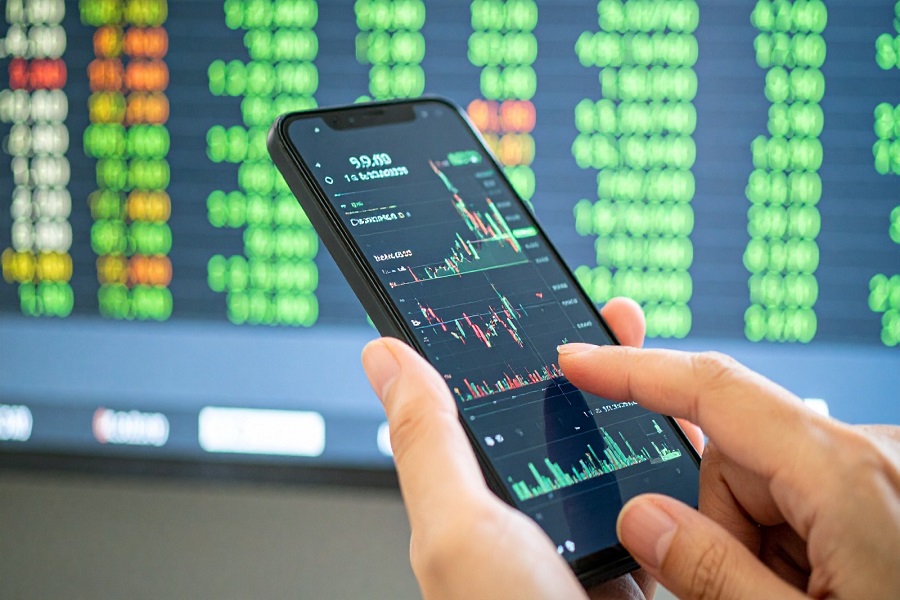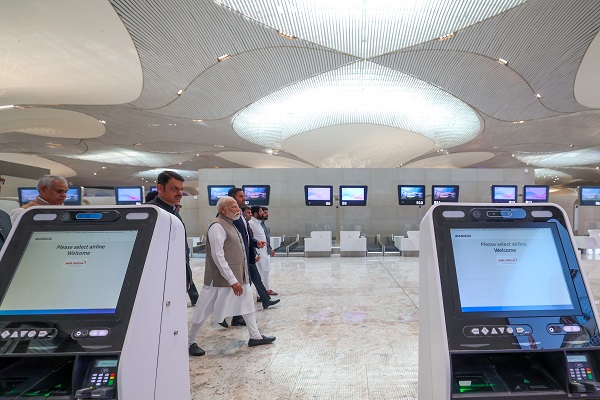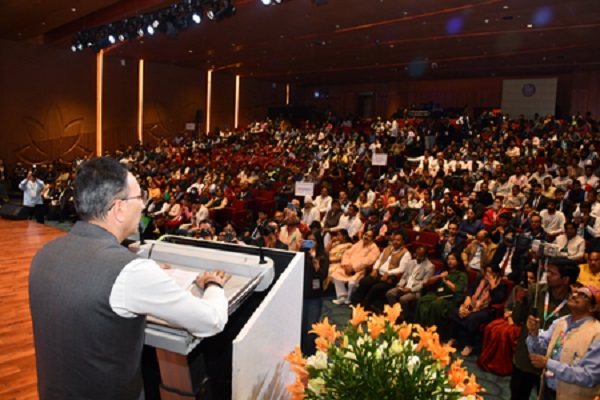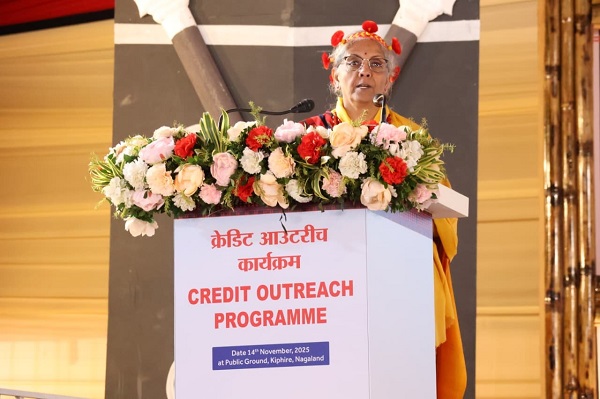SBICAPS Monthly EcoCapsule Nov'24 : Will Global Volatility Play A ``TRUMP CARD`` On Indian Stability?
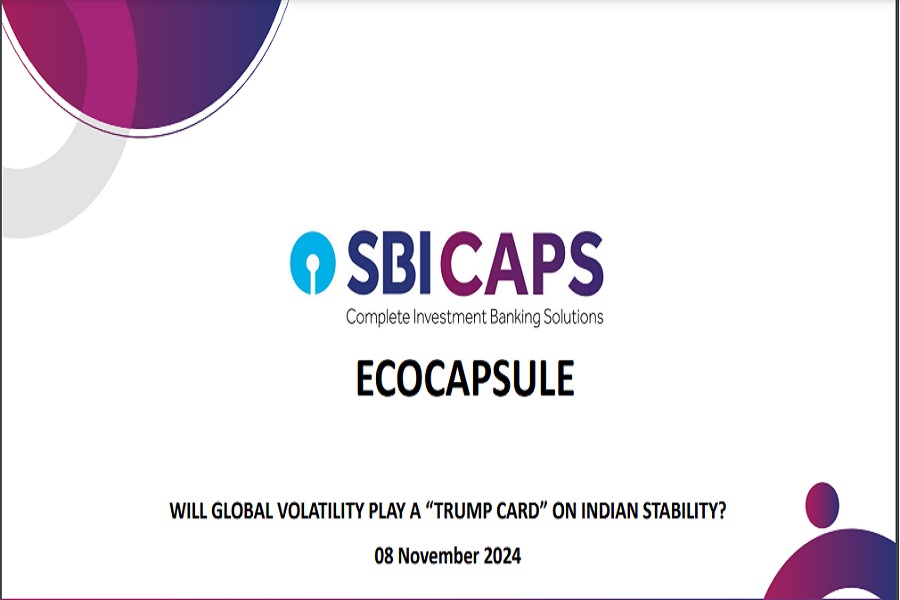
Executive Summary
|
US election results add another variable to the complex global mix: will CY25 be like CY17? Mr. Trump is set to make history with his return to the White House, backed by a Republican Senate majority. But unlike in CY17, he faces a much tougher economic landscape: a soaring fiscal deficit at 6.2% of GDP and persistently high inflation (core PCE at 2.7%). These challenges cast doubts on his previous debt-fuelled, tax-cut-driven growth strategies. Unemployment remains stable at 4.1% but renewed anti-immigration policies could strain the labour market and dampen growth in CY25. Mr. Trump’s comeback brings the promise of bold policies, but the fiscal landscape may test the limits of US economic resilience, creating both risks and opportunities for the markets. |
|
Protectionism in a dangerous geopolitical environment could become an economic hot-potato Historically, Mr. Trump’s “Trump card” has been tariff-led protectionism. Markets are already reacting to the potential return of this approach, with volatility in commodity prices and currency swings. But with tariffs already high and two global conflicts brewing, we could see a more nuanced approach: selective tariffs targeting a wider range of trade partners, with a possible shift of focus to Europe. China, meanwhile, is hedging by devaluing the CNY, which could pressure other emerging markets to follow suit We expect a recalibrated US trade strategy—more distributed across trading partners including China—leaving Europe and emerging markets feeling the first impacts |
|
US Fed on wait and watch mode, but will it become a case of too little too late? In response to shifting economic pressures, the US Fed took a strategic “wait and see” stance, delivering a 25bps rate cut as anticipated. Chair Mr. Powell’s brief remarks on the unsustainable fiscal deficit and inflation being “a little higher” than expected suggest a slowing pace of future cuts. Markets have taken note—US 10Y Treasury yields have risen over 60bps since the Sep’24 policy. The big question now is: can the US economy withstand sustained high rates for much longer? |
|
With the US economy at a critical juncture, the room for sweeping policy shifts under a second Mr. Trump administration would have major ramifications. The true impact of any policy changes will unfold gradually, with potential ripple effects reaching far beyond the US. For Mr. Trump, balancing bold rhetoric with pragmatic action will be a delicate act. In the meantime, stakeholders should prepare for heightened volatility, prioritise scenario planning over certainty, and build buffers for two-sided risks—a strategy India also seems poised to adopt |
|
INR hits record lows: Navigating India’s external pressures India’s external landscape has shifted sharply, with the INR at historic lows against the USD. Oct’24 saw massive FPI outflows in equity and debt, marking the largest equity exodus since COVID-19. This pressure may prompt the RBI to judiciously use forex reserves and maintain caution on rate cuts. Additionally, the risk of de-globalization could dampen trade and remittance flows, impacting growth. Yet, it’s not all grim. India stands to gain from a global supply chain reordering, with the “China+1” strategy and PLI schemes positioning the country as a stronger manufacturing hub. |
|
Moderate Q2 FY25 Government spending and mixed demand signals Both State and Union government spending gained momentum in Q2FY25 following a slow, election-hit Q1. However, overall expenditure growth remains below nominal GDP growth. Revenue expenditure is leading capital expenditure, boosting rural demand, ably supported by strong monsoon support. A new concern is emerging in urban consumption. While low-ticket FMCG items show growth, the pace has slowed, and vehicle and mid-range housing sales in cities are weakening. Urban demand trends will be a key area to watch in H2FY25. Due to lower government spending, sluggish urban demand, and rising global uncertainties our FY25 GDP growth estimate of 7% has downside risks |
|
Bank credit growth giving way to capital markets amidst a curious situation With a shift to a neutral stance, liquidity remains in surplus barring a few days, further supported by G-sec buybacks. Oct’24 saw robust bond market activity, with strong issuance of CPs and NCDs. On the FI credit front, RBI’s injunctions on personal loans, coupled with slowing home and auto sales, led to a dip in credit growth below deposit growth for the first time in months—signaling a turn in the credit cycle for banks and NBFCs. |
|
The post-COVID era reminds us that certainty can be elusive, with surprises often waiting around the corner. The coming months may bring more headwinds than tailwinds, urging governments and Central Banks to adapt policies to spur growth and carefully manage demand. For India, pre-emptive measures by RBI and SEBI to maintain financial stability, opportunities created due to robust domestic demand, strategic government capex, and potential for leveraging unique opportunities like the China+1 shift would help the country maintain a better position
Above views are of the author and not of the website kindly read disclaimer |

